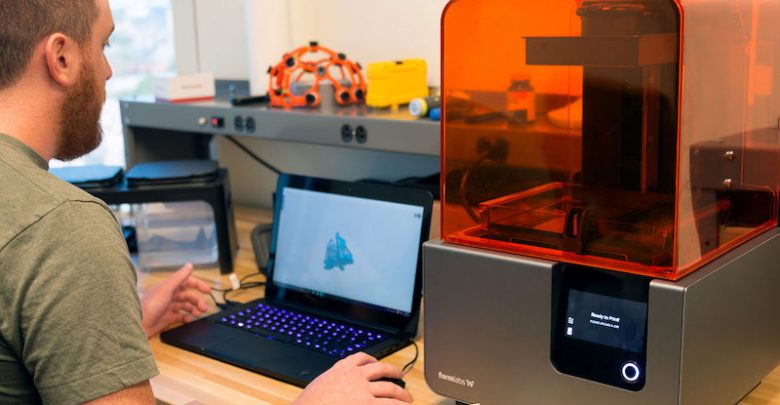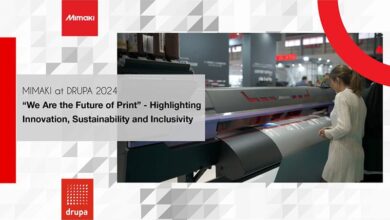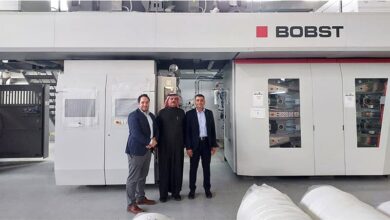3D Printing is a Potential Game Changer

One of the most innovative and disruptive technological advancements that will transform the global power industry is 3D printing (Additive Manufacturing), says GlobalData, a leading data and analytics company. Recently, additive manufacturing (AM) has found its application in different sectors of the power industry, both in building prototypes and in main stream production leading to process simplification and operational efficiency. Contrasting to the prevalent manufacturing processes, additive manufacturing can produce components with complex geometries, consume fewer raw-materials, produce less waste, have reduced energy consumption and decreased time-to-market.
GlobalData’s latest report, ‘3D Printing – Potential Game Changer for Global Power Market’, highlights key developments and trends to understand the influence 3D printing will have in transforming the power sector. Ankit Mathur, Practice Head of Power at GlobalData, comments: “With the power industry under pressure, manufacturers are turning towards AM for solutions with reduced costs and shorter timeframes. During the initial phase of making inroads in the power industry, 3D printing has achieved a fair level of success with the power industry and technological firms creating an ally for the benefit of each other.”
3D printing – a cutting-edge technology – is gradually finding its application in various facets of the power industry including renewable and conventional power sectors and battery storage devices. 3D printing of solar panels, wind turbine parts and conventional power generation equipment such as heavy duty ancillary parts of gas and steam turbines reflects upon its reliability and versatility. This technology is also finding its application in the nuclear power industry, including new builds for fuel and for in-reactor components. However, qualifying the material and demonstrating that components meet nuclear codes and standards will remain a key challenge for applications in this particular industry.
Mathur adds: “Additive manufacturing has already resulted in shorter lead time, reduced costs and increased efficiency, and is expected to further improve with the invention of larger printers. However, as the technology is still in experimental stage and yet to achieve full commercialization, it will be a matter of time to fully understand how deep this new technology can penetrate in the power industry, given the high equipment standards required for efficient plant operation and the hazardous environment they endure.”




